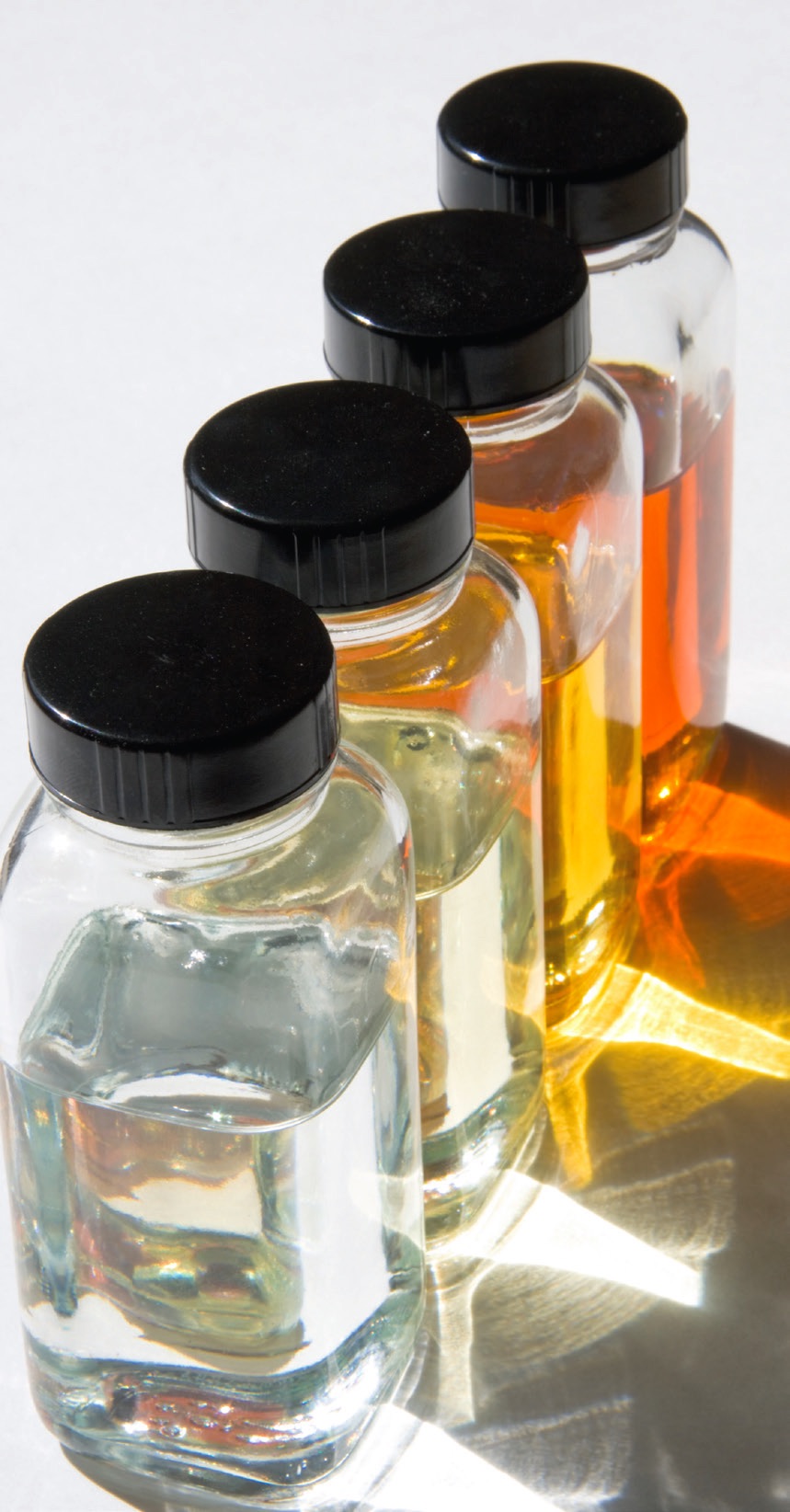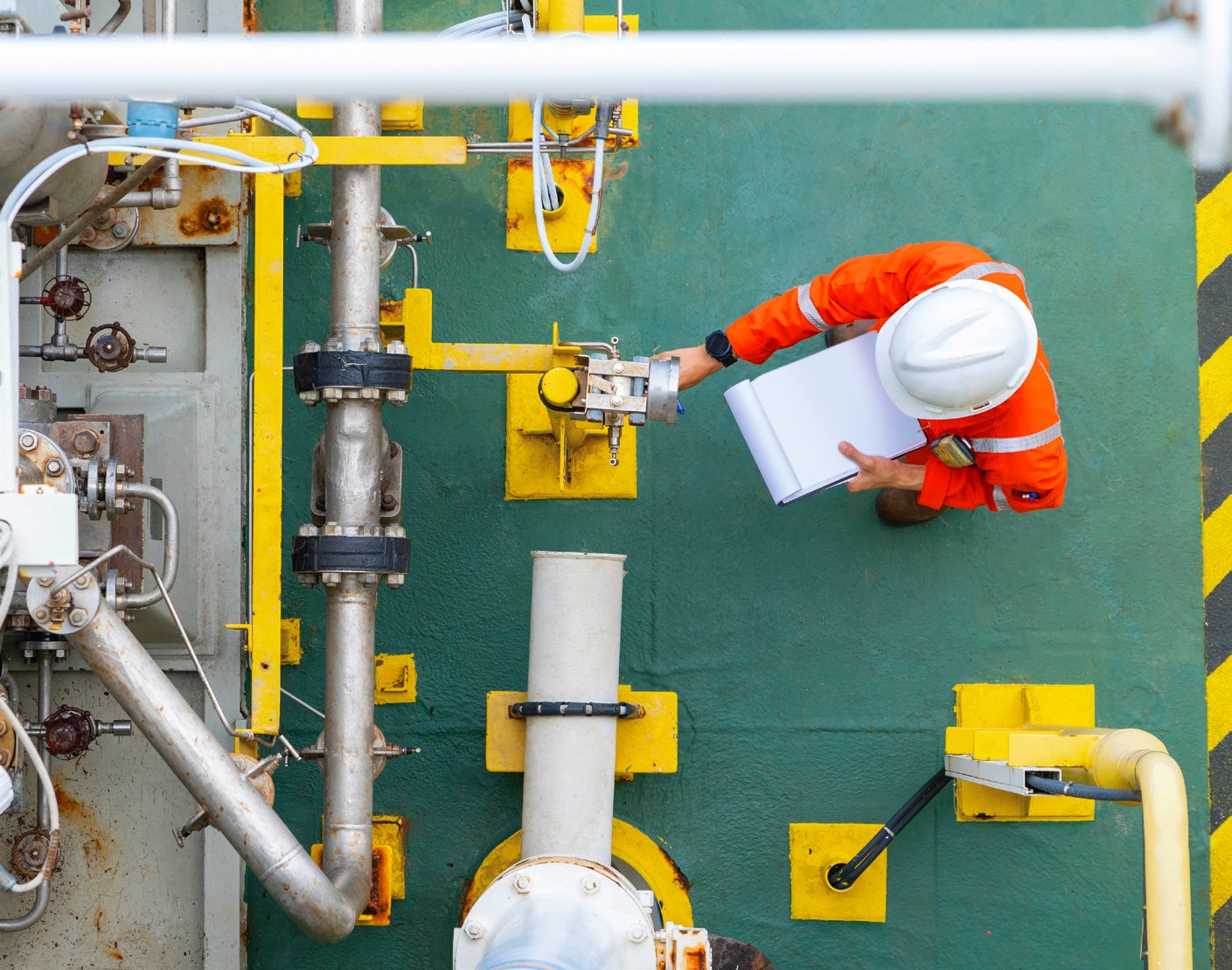Executive Summary
In the June 2011 TLT, readers were asked these exact same questions. TLT decided to ask again 11 years later to see if the answers would be similar (visit www.stle.org/files/TLTArchives/2011/06_June/Sounding_Board.aspx to view the 2011 responses). In 2011, many believed the use of condition monitoring and oil analysis would expand in the future because the cost of oil and lubricants was increasing, machines were undergoing more demanding applications and plants needed to reduce costs across the board. Now, TLT readers believe condition monitoring and oil analysis are heading toward artificial intelligence and real-time monitoring. One reader said, “As with so many other aspects of asset maintenance, automation is the future. Condition monitoring is no exception. We will see more online monitoring systems for critical assets and automated notifications for assets needing attention.” Also, many readers believe a few challenges in the next 10 years to maintain strong lubrication practices are education and costs.
Q.1 What direction do you see condition monitoring/oil analysis heading in the next 10-20 years?
Debris analysis with linking it to the most probable causes (also in autonomous systems).
It will be a vital tool that must be aligned with companies’ cost reduction and sustainability objectives.
More automation and artificial intelligence (AI) added to the process, especially for high value assets.
To continue to become more sophisticated and more real-time monitoring.
I see more computer-aided interpretation of the results rather than human interpretation of the results. Nuances will be missed by the computer that a person might detect.
Becoming more important.
Increasing simplification and affordability of condition monitoring systems.
Oil-free lubrication. Non-petroleum base lubricants.
More sophisticated analysis techniques/equipment will be used. More online/inline analysis equipment will be used.
Sensor technology. Computer data analysis/automated analysis and data reporting. Onsite laboratories.
Some manually at account, some automatic, online and some at contract lab or fluid supplier.
More built-in sensor real-time monitoring.
There should be no significant change as for the importance of condition monitoring/oil analysis.
Hopefully increasing in its use. For fleets, continued movement toward electronic monitoring on a subscription/warranty paid-for-service model. For consumers and owner-operators, hopefully more complete/better onboard electronic algorithms.
I think we will continue to see operators push for the maximum uptime of equipment in general. This could be aided by more remote sensor activity, connected maintenance, reliability platforms that use multiple inputs for determining equipment health and AI to assist with real-time decision making/alerts. Automation in manufacturing has been around for a very long time, and I think we will continue to see this concept pushed into maintenance and reliability as the technology evolves.

It will become more computer intensive and automated based on statistical data.
With improved sensor technologies, internet connectivity and computer power, it would seem very likely to me that more and more OEMs will be adopting condition monitoring systems in key assets. This will both improve equipment reliability through better preventive measures and ensure that lubricants are working as expected and, in doing so, reduce carbon footprints and enable end-users to work in a more sustainable way.
All are heading to AI, where the ones looking at it have no to little experience.
More sensor technology in use.
I see a change in direction. More online sensor driven data collection and smart technologies/advanced pattern recognition for analysis and trending.
I see AI getting involved.
AI.
Becoming more and more important.
A move to advanced sampling devices that are more efficient and reduce the time involved to collect and the improvement in the safer way to obtain the oil samples.
Real-time and remote data collection. Onboard systems that read conditions as fluids flow past a data collection point. These reports are not time or mileage determined. Rather, fluid conditions are monitored and service intervals determined by acceptable limits. The lubricant supply chain is broken. Lubricant supply and costs will drive condition monitoring.
It will continue to be used and leveraged to extend oil drain intervals well beyond current expected fluid life. This goes hand in hand with anticipated increase in demand for synthetics capable of achieving these longer drain intervals.

I see oil condition monitoring use increasing in the next 10-20 years. I see it being used to gauge condition of equipment as well as to make decisions on remaining oil life to maximize oil drain interval. What will be interesting is how much of this can be done on the machine via sensors, possibly with connectivity back to manufacturer, and how much of this gets done via oil sampling.
Lots more real-time monitoring.
One very important point is that oil analysis is only one of several conditioning monitoring techniques that will be incorporated into both stationary and mobile machinery. In addition to it, conventional vibration analysis, acoustic emission, i.e., very high frequency analysis, temperature and other data sources will be automatically monitored and, using the Internet of Things (IoT), the data will be transmitted to central analysis locations. Then, using these data generated by the integrated sensors and referencing them to historical records, the data analysis centers and manufacturers will be able to more accurately predict machinery reliability and indicate when corrective action is most economical.
Increasing automation at affordable prices, wear-critical components with built-in sensors, wireless component sensors and remote monitoring via smartphone apps.
Hopefully more sampling will be done.
More automation in decision making for work order issuance.
In conjunction with the IoT and advances in sensors and 5G, condition monitoring will take on added importance and scope as prices come down and adoption more widespread.
Virtual, sensor-based, automated with decision making tools incorporated in the systems used.
As with so many other aspects of asset maintenance, automation is the future. Condition monitoring is no exception. We will see more online monitoring systems for critical assets and automated notifications for assets needing attention.
Online sensors that give real-time condition.
What will have the biggest impact on oil analysis in the next 10 years?
Sensor technology
73%
Computer data analysis/automated analysis and data reporting
80%
Onsite laboratories
25%
Other
10%
Based on an informal poll sent to 15,000 TLT readers. Total exceeds 100% because respondents were allowed to choose more than one answer.
That depends on how well we educate those in leadership positions about what we have to offer as lubrication experts and analysts. If we can make them understand and see through the initial cost of implementation of a lubrication program and see the amount of savings over the following years, making that step would require no hesitation but only an opportunity to carry their organization to new levels of profit and reliability.
More logical inline sensor technology to give real-time data as opposed to sending out an oil sample.
Live monitoring and instant feedback of equipment and lubricant health is the next step in monitoring and analysis.
Onsite sensors at low cost.
More affordable remote, real-time monitoring and the use of AI to extend drain intervals.
Q.2 What are the biggest challenges in the next 10 years for end-users looking to maintain strong lubrication practices?
Adaptation to raising the amount of sensors, computation algorithms, machine learning, AI (generally information systems) used to monitor lubricating systems.
Cost pressure.
The same challenge as always—adopting the correct attitude and embracing the long-term benefits of condition monitoring.
Lack of trained staff.
The most difficult part will be training individuals to understand the results of the condition monitoring results. We are failing to train the next generation.
Education.
Maintaining cost of equipment upkeep—especially with the increase in raw material prices.
High lubricant prices.
To have sufficient skilled personnel.
Capital cost for the equipment.
Cost of monitoring tests and equipment.
There are increasing tougher regulations on health, safety and environment.
Circular economy. Designing and using environmentally friendly lubricants and responsibly discarding the used materials.

I’m seeing a decent amount of attrition at my customer sites, leading to a shortage of experienced workforce related to maintenance and reliability initiatives. It can take a long time to learn good practices and gain real life experience, and then some of these people move on to other opportunities within their field, or sometimes into a totally different field (technology opportunities seem to be attractive right now). This, along with staying current in new technologies, will be tough for some operators out there, including supply and demand of the products they are producing. There seems to be major shortages of most resources and finished products right now, but where will we be in five or 10 years?
Component metallurgy and formulation changes resulting in more stress on the oil.
Oil drain interval and preventive maintenance programs continue to be a challenge—when to do them and how frequently they are required. Ensuring optimal timing will reduce cost of ownership, and this is beneficial, but we currently do not have good ways to determine this. Until more fluid monitoring tools are readily available and are cost effective, guesswork will tend to persist.
Replacing aging workforce with new untrained personnel.
Personnel.
Education/training.
To admire new technologies, look for innovating solution and cost effectiveness. Lubrication engineers jobs are vanishing, and we need to advocate to plant management that this is an important position.
Contamination, super clean lubes.
Educated staff and understanding that it is a comprehensive approach to lubrication standards in all the phases of the oil program.
Heavily leaning toward newer sensor technology/AI or continuing with current condition monitoring/oil analysis. Accepting change is inevitable—giving newer sensor technology/AI a chance and comparing the data sets with current condition monitoring/oil analysis will be key in getting the best of both worlds. Thus, findings and relationships subject to data analysis are integral to continued machine learning and the growth of predictive analytics for maintenance.
Price and availability. The lubricant supply and pricing chain is broken.
Outflow of experienced lubrication professionals and talent gap with younger generation coming up.
Dealing with the ever expanding list of base fluids and additive technologies, which will likely increasingly expand with concerns over health and environmental impact (sustainability).
To what extent do you think changes in lubricant formulation will have an impact on condition monitoring/oil analysis?
A major impact
25%
Some impact
67%
No impact
8%
Based on an informal poll sent to 15,000 TLT readers.
Management support and culture change.
The human link between what is planned as a lubrication program and what is actually done will always be the biggest challenge.
More training of equipment users is needed so that they understand the importance of using the correct lubricant, as well as how to properly take a sample.
Building culture and awareness on the importance of maintaining clean lubricants.

I foresee a huge shift in lubricants with more and more brands dropping out and environmental regulations forcing manufacturers to increase prices to compensate for increasing costs. Also, the push for fill for life will make it challenging to even remember that a lifetime isn’t forever, only the estimated life of a machine, and the lubricants for those machines become harder to find.
Getting a real-time insight into the lubrication condition, which replicates everything you do in a laboratory (physiochemical, analytical, tribological).
In my industry, building and maintaining confidence in the benefits of a robust lubrication program are key, especially at the corporate level. There is a strong cost cutting sentiment in industries that have fluctuating investment/return when times are tough. Making the lubrication program a staple of the maintenance program so that it remains can sometimes be a struggle.
Keeping management on board, which also has been the issue in the past.
1.) Budget restraints. 2.) People ready to work in this field.
Cost of sensors and timeliness of receiving back oil analysis results from the lab.
Being able to make decisions on maintenance, oil changes and preventive services on the fly without sacrificing uptime and equipment durability.
Behavior, accountability, attitude.
Being convinced that real-time monitoring is a value-added service they should invest in. Paying more for better lubricants that will last longer and using sustainable practices.
Editor’s Note: Sounding Board is based on an informal poll sent to 15,000 TLT readers. Views expressed are those of the respondents and do not reflect the opinions of the Society of Tribologists and Lubrication Engineers. STLE does not vouch for the technical accuracy of opinions expressed in Sounding Board, nor does inclusion of a comment represent an endorsement of the technology by STLE.